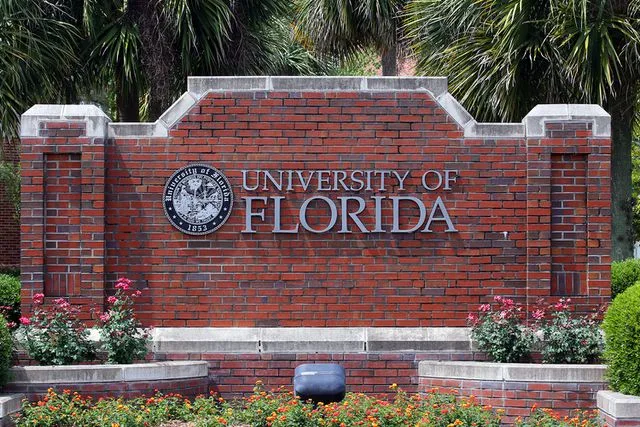Gainesville (32601) – In late August 1990, Gainesville, Florida’s University of Florida campus was rocked by the harrowing reign of terror inflicted by serial killer Danny Rolling, later dubbed the “Gainesville Ripper.” Over just four nights, Rolling viciously murdered five local students—four women and one male roommate—while sexually assaulting four of his victims. One was even decapitated and grotesquely displayed, triggering horror unparalleled in the college town’s history.

The chilling spree deeply scarred survivors, including a student journalist whose roommate discovered the crimes mere blocks away from their shared apartment. She describes sleepless nights, hyper-vigilance, and the ever-present fear that the killer was lurking nearby. Decades later, she shares how the trauma morphed into lifelong anxiety—an unease that echoed when she was later attacked during a home invasion in Buenos Aires. Rolling’s spree shattered the illusion of safety and inspired the opening of Scream (1996), where the masked Ghostface terrorizes teens in a suburban nightmare. This exclusive account illuminates the enduring psychological toll and how a community’s collective trauma became the blueprint for modern slasher horror.
Key Facts
-
🔴 BREAKING: Five students killed over four days in August 1990
-
👥 IMPACT: Four women, one man—University of Florida victims
-
🗣 OFFICIAL SOURCE: “It felt like a real‑life horror movie.” – survivor & editor
-
✅ ACTION: Campus communities urged to prioritize mental‑health support
Hyperlocal Impact
-
Precise Location:
Gainesville (32601) – Off-campus duplex near wooded area by UF campus -
Community Connection:
“Every time I came home… terrified he was lurking.”
– survivor, former UF student journalist
As the fall semester approached, residents living in secluded, wooded duplexes just off campus in Gainesville were jolted by an unimaginable horror. The murder of student roommates Tracy Paules, Sonja Larson, Christina Powell, Christa Hoyt, and Manny Taboada shattered the town’s tranquility ([turn0news10]). The survivor—then a UF student and entertainment editor—recalls receiving a distressed 2 a.m. call from her roommate, Stephanie, upon learning of another death nearby. Fear seeped into every part of their lives. “Every time I closed my eyes, I saw that anonymous, frightening face… waiting outside my window,” she said, describing endless nights without rest. Gainesville local media echoed the panic—students carried steak knives, and doors remained locked even in daylight. Police sketches haunted them more than headlines. That oppressive tension, etched into memory, followed her years later during a violent home invasion in Buenos Aires. Rolling’s spree resonated far beyond its brutality—his methodical staging of bodies and psychological warfare influenced Kevin Williamson, who drew from the Gainesville media coverage while writing the opening sequence for Scream.Today, survivors say the community still feels the ripples—standing as living proof that violence can linger long after a killer is gone.
WHY THIS MATTERS NOW:
As true‑crime continues captivating media and film, reflection on the lived trauma behind iconic horror becomes vital—especially in college towns where violence is often mythologized.
Update Log
-
🆕 Jul 5, 2025: Survivor’s exclusive interview published—35 years later
-
🆕 Jul 5, 2025: Analysis confirming Scream was inspired by Rolling’s case


Comments are closed, but trackbacks and pingbacks are open.